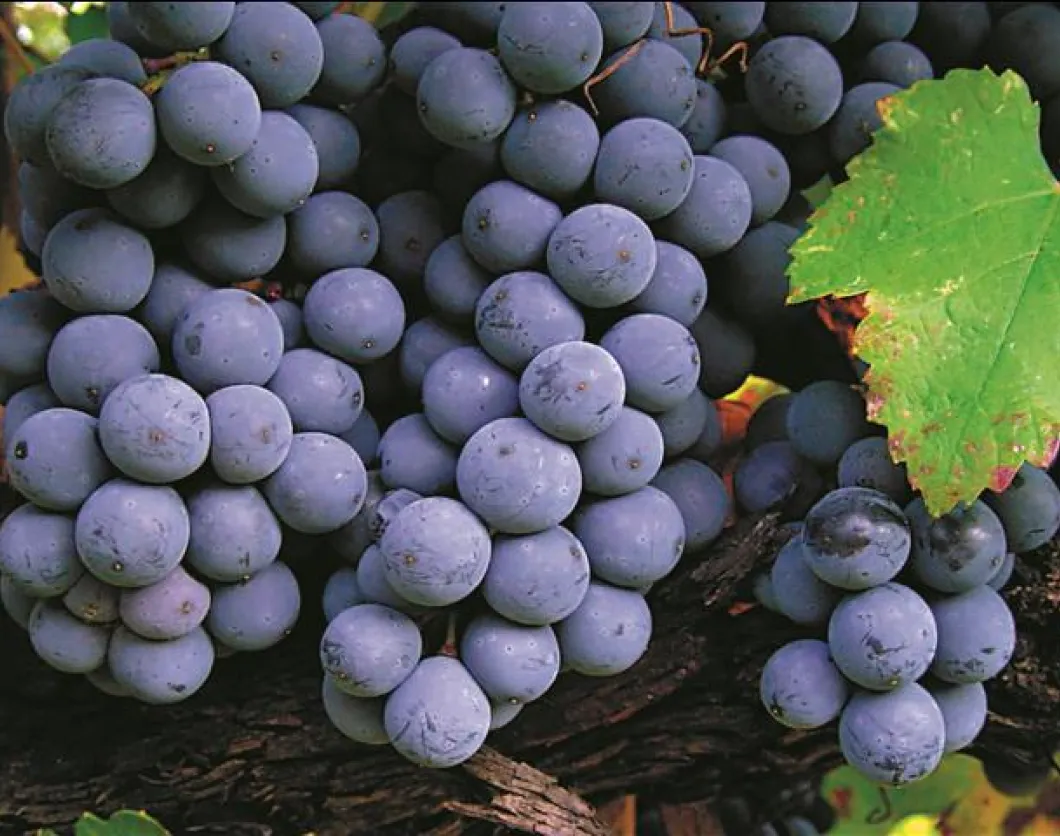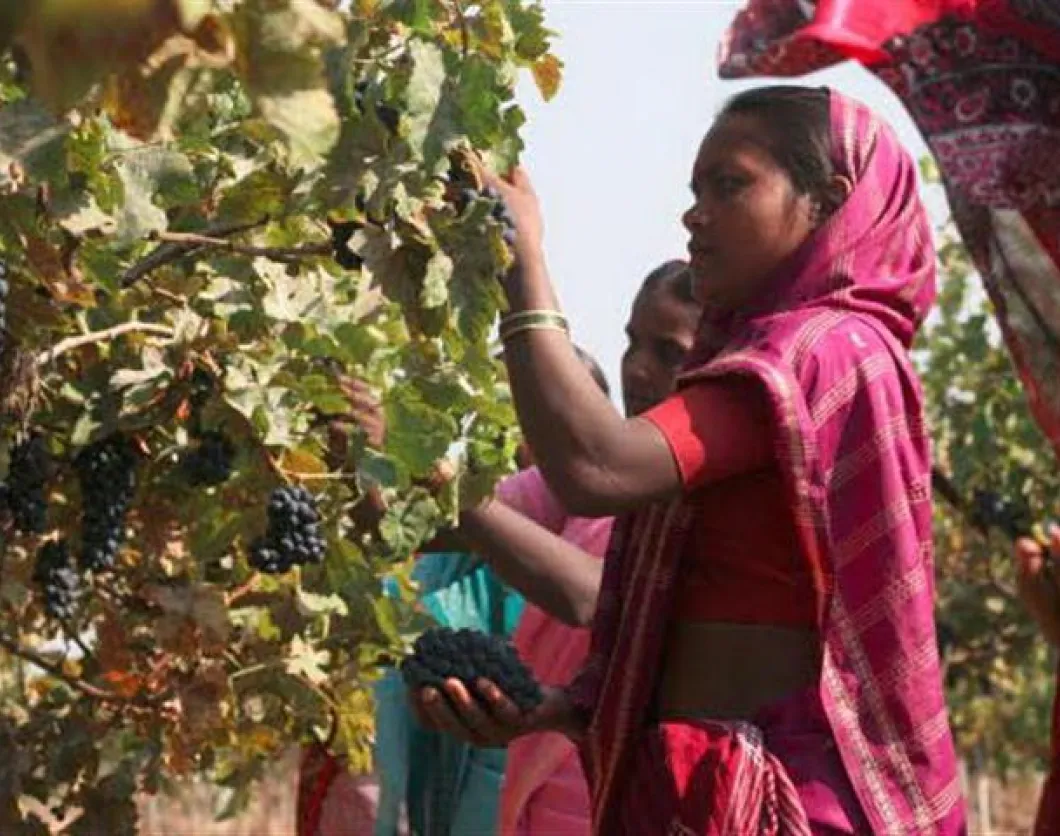Wine tourism involves tasting, consumption or purchase of wine, visits to wineries and vineyards, organized wine tours, wine festivals and other special wine-related events. Although relatively new, it is gaining popularity by competing with other beverages and tourism themes.
Apart from the mystical element attached to wines, its salubrious effect (with low alcohol content) on youthful looks and a sound heart cannot be ruled out. The sheer variety of grapes, their location, farming methods, ageing, corking, fermentation, etc., have combined to lend wines their unique taste and appeal vis-à-vis the traditional hard liquors. And, this is exactly what the knowledge thirsty wine lover, corporate and hospitality professional is out to discover.
Many wine regions having perfected the art of superior wine making are extensively marketing wine tourism for monetary gains. Although the Old World producers as Spain, Hungary, Portugal, Italy, France and Germany have been the forerunners, the New World wine regions of Australia, Argentina, USA and South Africa are equally poised.
Several wine companies have proactively transformed wineries with inns/hotels for wine lovers to spend time in the scenic vineyards while learning about swirl, sniff and sip. The successful blend of wine and travel has opened wine regions to global tourists and in turn improved the overall lifestyle, support services and economic growth of the residents.
Although India is experimenting with wines, the Government’s proactive steps are aiming to catch up with the global leads. Wine making in India is age-old with references in the Vedas to ‘soma’ – an intoxicating beverage. European travellers to the Mughal court praised wines from the royal vineyards of Hyderabad, Kashmir and Surat.
To enhance the image of India as a world class wine haven no stones are been left unturned. More fertile lands are being added to the 50,000 hectares already under cultivation. With a production of 10 million litres annually from 30,000 hectares, Maharashtra leads among the States followed by Karnataka producing 1.8 million litres on 12,000 hectares. Nashik, Pune and Sangli (Maharashtra) and Bangalore, Chikkaballapur, Bagalkot Belgaum, Bijapur and the Nandi Hills Region (NHR), Karnataka are some of the foremost wine manufacturing and exporting destinations.
The Maharashtra Tourism Development Corporation and State Government are extensively promoting wine tourism in the Sahyadri Valley. Here Nashik or India’s 'Napa Valley' is the principal hub with the maximum wineries and most popular vineyards. The Sula Vineyards outshines with premium brands of award-winning whites, reds, roses and dessert wines served in some of the finest bars and restaurants at home and aboard in Europe and USA. Here, one can savour some of the finest selection of in-house wines available cheaper than retail prices in the restaurant and tasting rooms.
The Chateau Indage winery in Narayangaon, Pune has purchased rootstocks of Chardonnay, Ugni Blanc, Cabernet Sauvignon and Pinot Noir from France. In its well stocked bar one can taste myriad wines and also visit the wine shop and restaurant. Here, a conducted vineyard tour on weekends (1.5 hours) with a knowledgeable winemaker uncovers the mysteries of wine making from the grape to the bottle.
The Tiger Hills Wine Resort on the Mumbai-Nashik Highway has a spa offering unique vino therapies with champagne showers and baths using grape seed oils and extracts. In Karnataka, Bangalore with a sizable young population, IT professionals and foreigners with good spending capacity is being focused as the hub in the Government’s tourism Master Plan. Introduction of the wine policy is likely to expand cultivation and promote new independent brands.
Grover Wines Company in the NHR grows Bangalore-Blue grapes on a 250-acre plot at Doddaballapur. It offers extensive wine trails and visits to the winery’s barrel room where exports of quality wines are stored.
Despite the growing awareness and love for wine, India is still far from being a wine-drinking country. With 6 million bottles sold annually, its annual consumption is .006 bottles a head against the world average of 5. India currently imports 72,000 wine cases annually – a mere 4.5 ml per capita consumption as against 375 ml in China. India is not yet member of the Office of International de la Vigne et du Vin, France.
As the Indian tourist graduates to 'themed tourism', the wine tourism baby is likely to grow quicker. Indian wines will have to prove their quality, sustain and not just sit on exotic value. Offering technical assistance to the farmers, easy license and tax concessions to investors is likely to increase consumption and exports. The vineyards/wineries will need to develop innovative deals and competitive packages for the tourists.
When passed onto tour operators, it can reduce the gap between the vineyards and wine lovers and benefit the grape cultivators with remunerative prices from the wineries. Services of knowledgeable managers, organized wine tours, quality wine tasting rooms, accommodation, catering and transportation facilities can make a big difference.
The Agro Processing Ministry intends to establish a Wine Board and a Wine Research Institute in Karnataka or Maharashtra to promote production, consumption and marketing of wine, educate farmers in growing export-quality grapes and develop technology for quality wines.
The need to offer Eoenology as a discipline in the universities for students and hospitality professionals has been realized. Many luxury wine resorts, spas and gourmet restaurants are planned in Maharashtra, Karnataka, Andhra and Himachal Pradesh. Wine festivals and conferences are gaining popularity among wine connoisseurs.
The international customer of today – at home or abroad, is much more knowledgeable and discerning about wine drinking. Indians today do not just ask for red/white wines but for newer brands being armed with greater disposable incomes and a new outlook from being better traveled and exposed to international cuisine and trends. In a decade, India's wine industry will grow to produce 60 million bottles annually, i.e. a ten-fold increase. So far, the mood and performance has been upbeat and poised for success. Thus, one can definitely raise a toast to the future of India’s wine tourism. Cheers!
By Dr. Ilika Chakravarty
Academy of Business Management, Tourism and Research, Bangalore, India
27, Hazeltree Croft, Acocks Green, Birmingham, B27 7XS, U.K., ilika_c@yahoo.com










